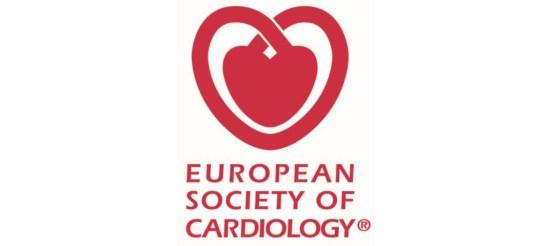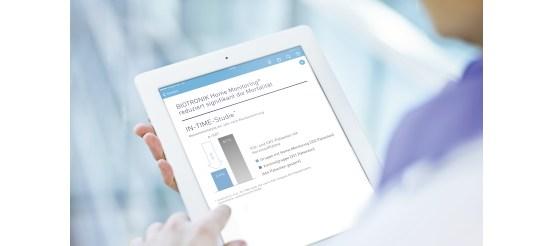TRUECOIN
Daily Remote Monitoring of Implantable Cardioverter-Defibrillators – Pooled Individual Patient Data from IN-TIME, ECOST, and TRUST Trials Suggest a Mechanism of Clinical Benefit
Hindricks et al., European Heart Journal 2017
Study Design
- Meta-analysis of the three multi-centered, randomized, controlled trials ECOST, TRUST and In-Time
- Verifies a mortality reduction with BIOTRONIK Home Monitoring and explores mechanisms of clinical benefits of remote monitoring
- 2405 patients in total at 181 centers mainly in the USA, France and Germany
Key Result 1
BIOTRONIK Home Monitoring is associated with a significant reduction of all-cause mortality. The study TRUECOIN presents a relative risk reduction of 38%. The absolute reduction of all-cause mortality is 1.9%.

Key Result 2
BIOTRONIK Home Monitoring is associated with a significant reduction of all-cause mortality or worsening of heart failure (WHF) hospitalization. TRUECOIN presents a relative risk reduction of 36% of all-cause death or WHF hospitalization. The absolute reduction of all-cause death or WHF hospitalization is 5.6%.

Key Result 3
The similar magnitude of absolute risk reduction for WHF and cardiovascular endpoints suggests that the benefit of Home Monitoring is driven by the prevention of heart failure exacerbation.
Clinical Relevance
- The pooled, heterogeneous patient population shows that BIOTRONIK Home Monitoring reduces the mortality risk for all ICD patients - independent from NYHA class, device type or any other baseline variable.
- BIOTRONIK Home Monitoring slows the progression of heart failure. Daily transmission verification, a multi-parameter data set as well as an effective clinical workflow are key elements to accomplish these clinical benefits.
- Not all remote monitoring systems are the same and it remains open whether these results can be transferred to other remote monitoring systems. For example, the study REM HF by Cowie et al.1 only suggests a neutral outcome for remote monitoring systems with weekly transmission.
| Study Objectives |
|
|---|---|
| 1° Endpoints |
|
| 2° Endpoints |
|
| Clinical Sites |
|
| Sample Size |
|
| Inclusion Criteria |
|
| Devices |
|
| Principal Investigators |
|
Download
Related links

European Heart Journal
Insights from the pooled patient-level data from three randomized controlled trials (IN-TIME, ECOST, TRUST)
1 Cowie MR; Remote management of heart failure using implanted devices and formalized follow-up procedures (REM-HF); ESC 2016.
2 Parthiban N, Esterman A, Mahajan R, Twomey DJ, Pathak RK, Lau DH, Roberts-Thomson KC, Young GD, Sanders P, Ganesan AN; Remote Monitoring of Implantable Cardioverter-Defibrillators: A Systematic Review and Meta-Analysis of Clinical Outcomes; J Am Coll Cardiol. 2015 Jun 23; 65(24):2591-600.



